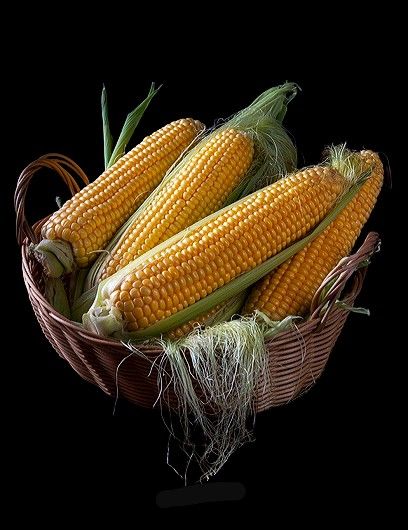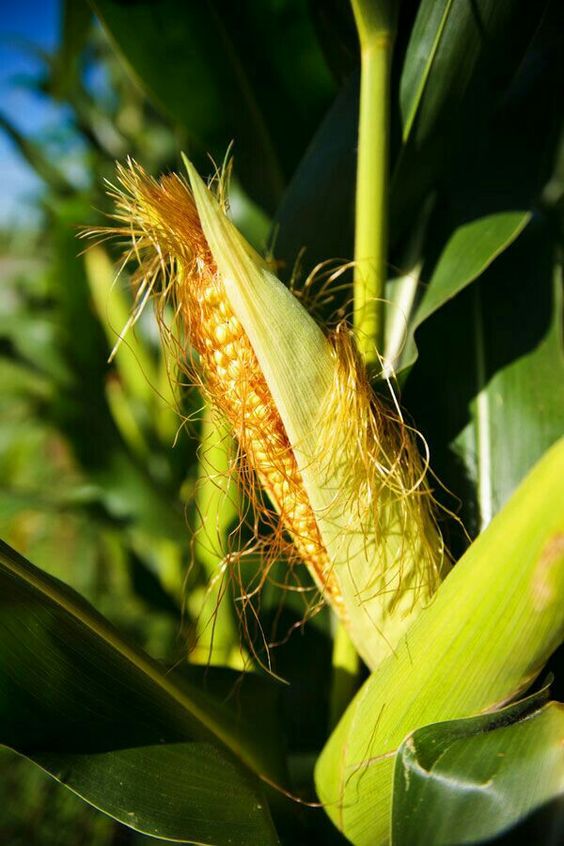The Vital Ground: Understanding and Practicing Soil Conservation
Soil, often taken for granted, is the very foundation of life on Earth. It nourishes plants, stores water, filters pollutants, and teems with microscopic life. However, this precious resource is constantly under threat. Soil conservation is the umbrella term for practices that protect soil from degradation, ensuring its long-term health and productivity.
Understanding Soil: A Fragile Ecosystem
Soil is not just dirt. It’s a complex ecosystem teeming with billions of organisms, from bacteria and fungi to earthworms and insects. These life forms break down organic matter, releasing nutrients plants need to grow. They also create spaces in the soil for air and water to circulate, promoting root growth. Healthy soil also acts as a natural filter, breaking down pollutants and preventing them from contaminating groundwater.
Unfortunately, soil is a finite resource that takes thousands of years to form. Natural processes like wind and rain can erode topsoil, the most fertile layer. Human activities like deforestation, overgrazing, and intensive agriculture can accelerate this erosion. Additionally, improper irrigation practices can lead to salinization, where salts accumulate in the soil, making it unsuitable for plant growth.
The Importance of Soil Conservation
Healthy soil is essential for:
- Food security: Productive soil is crucial for growing crops and feeding the world’s growing population.
- Water quality: Soil acts as a natural filter, preventing pollutants from reaching groundwater and waterways.
- Climate change mitigation: Soil stores vast amounts of carbon, helping to regulate atmospheric CO2 levels. Degradation releases this carbon into the atmosphere, contributing to climate change.
- Biodiversity: Healthy soil supports a diverse range of plants and animals, contributing to a healthy ecosystem.
Soil Conservation Practices: A Multi-pronged Approach
There’s no one-size-fits-all solution for soil conservation. The best approach depends on factors like climate, soil type, and land use. Here are some key practices:
- Reduced Tillage: Traditional plowing methods can disrupt soil structure and accelerate erosion. Reduced tillage practices, such as no-till farming, minimize soil disturbance and promote healthy microbial populations.
- Cover Cropping: Planting cover crops, such as legumes or grasses, between cash crops helps protect the soil from erosion, suppress weeds, and fix nitrogen in the soil, improving fertility.
- Crop Rotation: Planting different crops in sequence helps prevent nutrient depletion and buildup of soil-borne diseases.
- Terracing: On steep slopes, terraces create level surfaces for farming, reducing water runoff and erosion.
- Contour Farming: Plowing and planting crops along the contours of the land, rather than up and down, also helps reduce erosion.
- Mulching: Applying a layer of organic material, such as wood chips or straw, on the soil surface helps retain moisture, suppress weeds, and improve soil structure.
- Composting: Composting food scraps and yard waste provides a natural source of nutrients and organic matter for the soil.
- Managed Grazing: Controlling the number and movement of livestock on pasture lands prevents overgrazing, which can lead to soil compaction and erosion.
Beyond the Farm: Urban Soil Conservation
Soil conservation isn’t just for farmers. Urban areas also face challenges related to soil health. Construction disrupts soil structure, and paved surfaces prevent rainwater from infiltrating the ground, leading to increased runoff.
Here are some ways to promote soil conservation in urban settings:
- Green roofs and walls: These vegetated structures help insulate buildings, improve air quality, and reduce stormwater runoff.
- Urban agriculture: Community gardens and rooftop farms can provide fresh food while promoting healthy soil practices.
- Permeable pavements: These surfaces allow rainwater to infiltrate the ground, replenishing groundwater and reducing runoff.
The Benefits of Soil Conservation: A Sustainable Future
Investing in soil conservation practices offers numerous benefits:
- Increased crop yields: Healthy soil leads to stronger, more productive plants.
- Reduced dependence on fertilizers and pesticides: Healthy soil supports beneficial microorganisms that help suppress plant diseases and pests, naturally improving crop health.
- Improved water quality: Reduced soil erosion leads to cleaner waterways.
- Mitigated climate change: Healthy soil can store more carbon, helping to slow climate change.
- Enhanced biodiversity: Healthy soil supports a wider variety of plants and animals, contributing to a more vibrant ecosystem.
Challenges and Opportunities
Soil conservation faces several challenges, including:
- Land-use pressures: Competition for land for growing populations and urbanization puts strain on soil resources.
- Climate change: Extreme weather events like droughts and floods can accelerate soil erosion.
- Lack of awareness: Many people are unaware of the importance of soil




